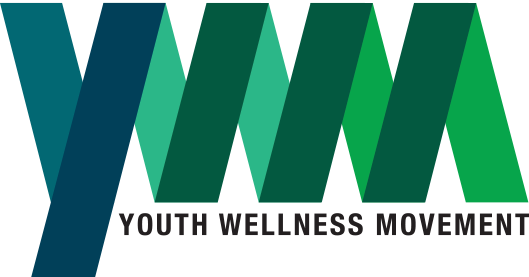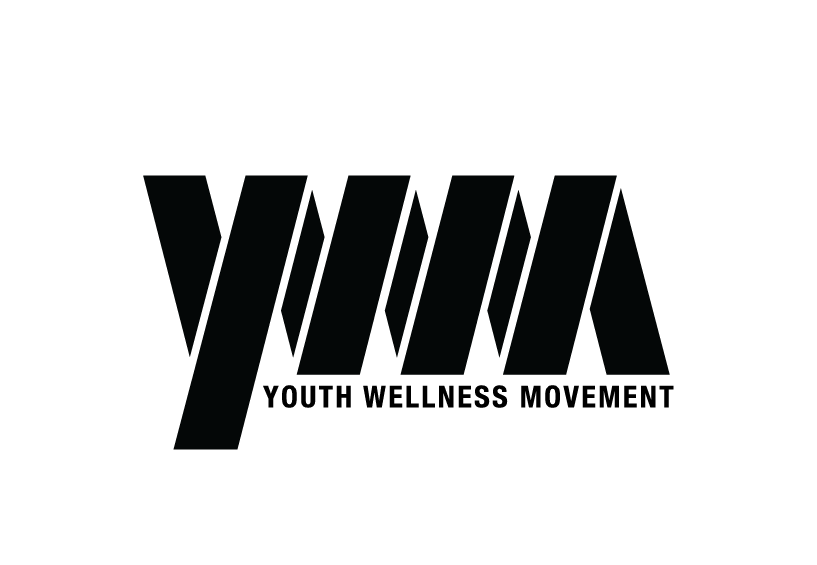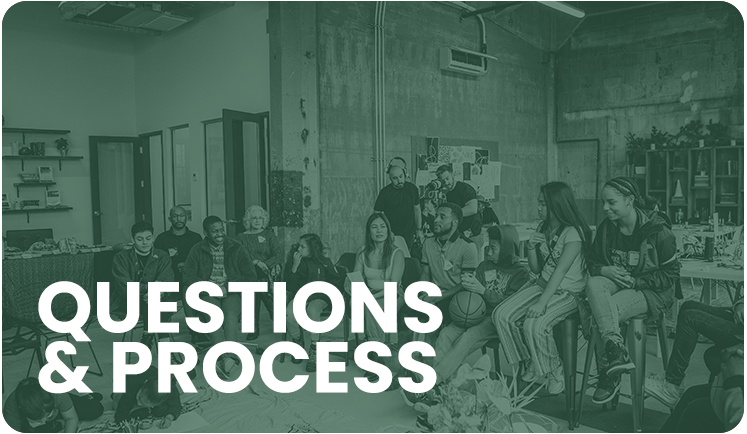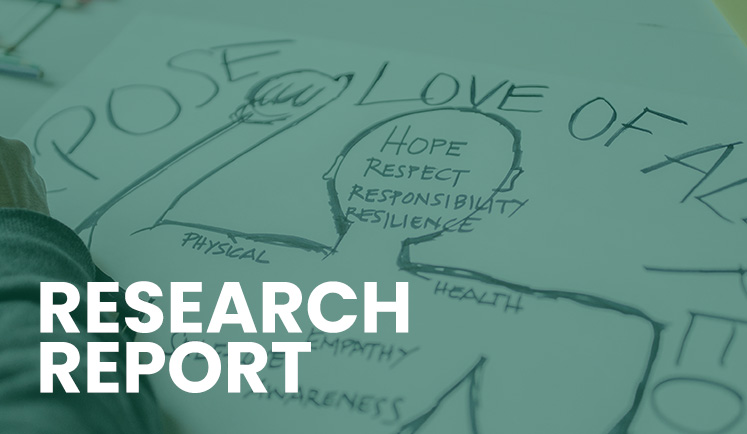Youth Wellness Index & Research
Approach on Wellness
Why Wellness?
We focus on Youth Wellness as the leading indicator for predictive outcomes in schools. Without wellness, children rarely sustain consistent performance in school and beyond.
The more well, the more resilient and hopeful during trying times. The youth that struggle most in school are often the least well with the least access to the armor and medicine needed to turn things around. These are the wounded ones–the ones we most often fail in school and society.
Without tracking these leading indicators, we run the risk of focusing on short-term gains that mechanize their school performance—no real learning, no retention, no application. They stand little hope of ever transforming their lives or school outcomes.
We take research on wellness and reassess it within decolonial frameworks, and how western schooling has cultivated our disconnect with ancestors and land. We align these frameworks by centering youth voices at each school site through the Youth Wellness Index. Through results from the Youth Wellness Index, we lean into the strengths and areas for growth and implement them into the classroom. Through this youth-centered approach, we create systemic change, laying ground for an ecosystem of wellness and interconnectedness for youth, families, educators, and leaders.
Our Methodology
The Youth Wellness Index is the synthesis of two rigorously validated scales (Watson, Marie, Gentzis, and Dixson, 2024) that have been thoughtfully braided together in partnership between the Youth Wellness Movement and Apocalyptic Education. Our scale items are informed by groundbreaking research that integrates biomarkers of health, including telomere measurement, shedding light on the biological underpinnings of wellness.
This integrative tool is based on a pivotal four-year longitudinal study that explored the relationship between culturally responsive teaching practices and improved health outcomes for youth. The findings revealed a strong correlation between exposure to our culturally relevant interventions and several health indicators. Notably, sustained telomere growth—a protective mechanism on cellular levels—was observed in over 90% of the participants in our intervention group. This indicates a potential biological mechanism through which culturally informed interventions might enhance health outcomes.
How to Use the Youth Wellness Index
The Youth Wellness Index can be utilized in classrooms and youth community spaces to better understand how young people perceive and sustain healthy relationships with themselves and their communities. The survey and indexes integrate decolonial frameworks of connection to ancestors and land as part of well-being and interconnectedness. The data collected from the survey can help educators and community leaders in understanding strengths and areas of growth for their community wellness strategies. When a young person completes the survey, they are given a summary that helps them understand their connection to self, others, and the land.
The results of our work suggest that youth of color regard these five factors as important to their well-being, and that when they perceive themselves to be falling short in meeting these factors, their self-esteem, resilience, and hopefulness tend to be negatively affected:
– (Innerself) Personal worth and well-being
– (Innerself) Sense of personal purpose
– (Interpersonal) Respect for others
– (Interconnectedness) Community responsibility
– (Interconnectedness) Community connectedness
– (Interconnectedness) Cultural perpetuity
The data summary and analytics that you will receive once your students have completed their surveys will indicate what strengths and areas of growth across these five factors are present. Once you’ve received the data summary and analytics for your classroom or school, you can:
– View your data summary to understand the strengths and areas of growth across the domains for your classroom.
– Utilize the summaries each student has been assigned through the survey and the prompts (journaling/drawing, meditation, or connecting) for individual work.
– Utilize the resources suggested in your data summary in your classroom.





